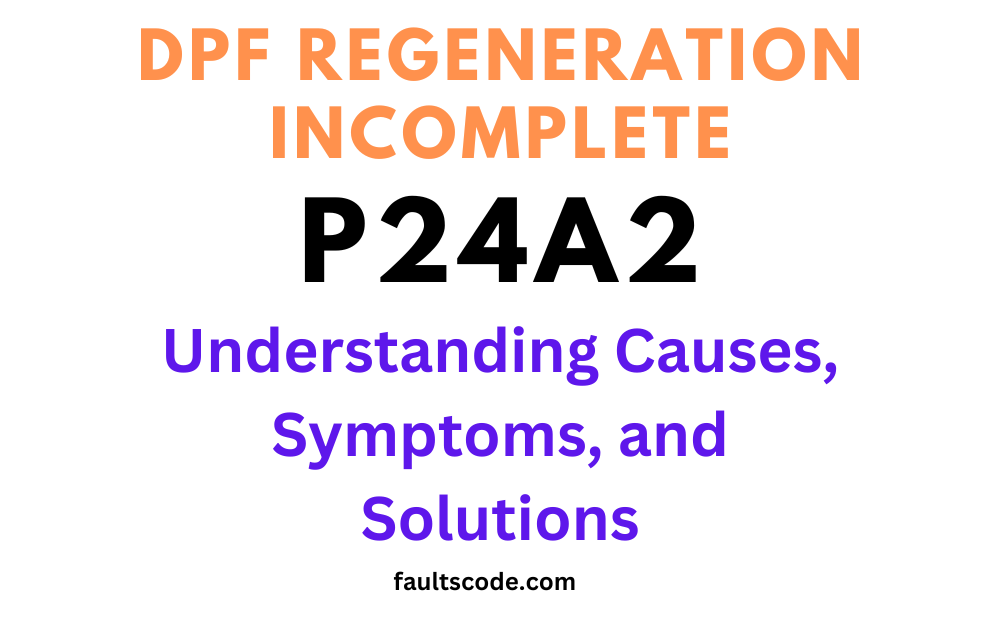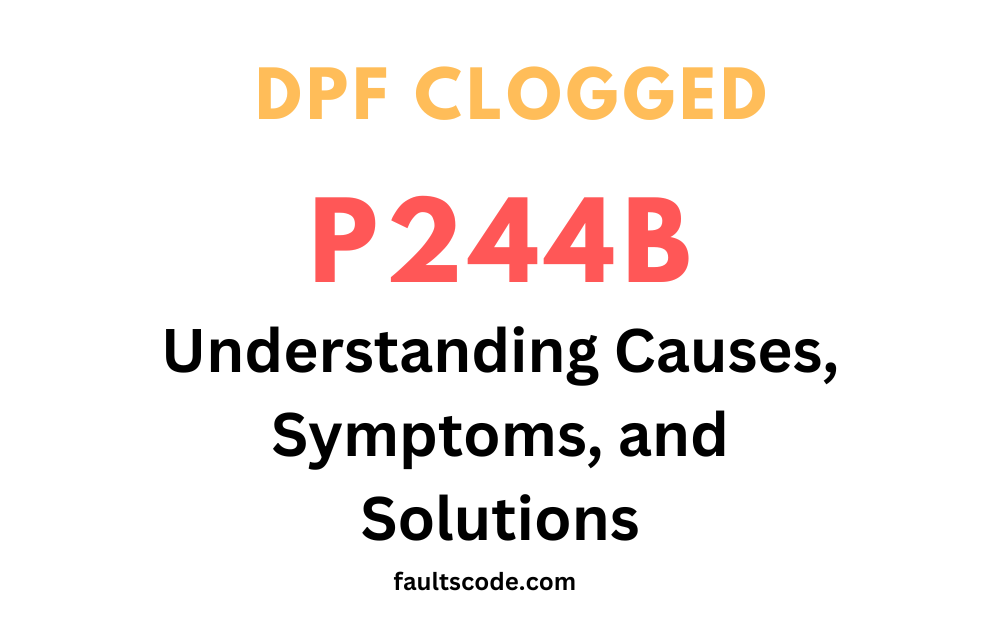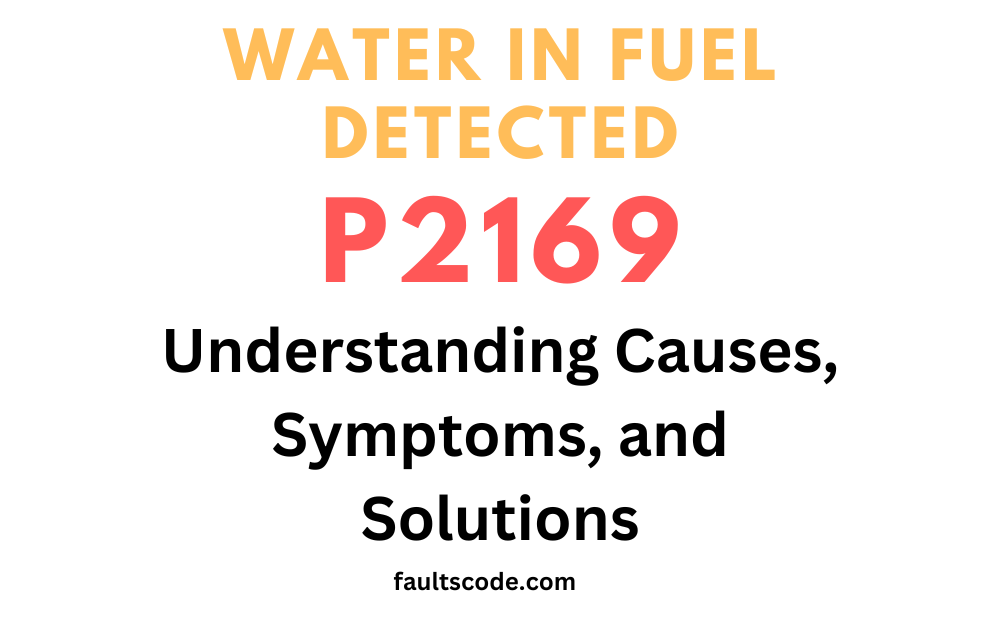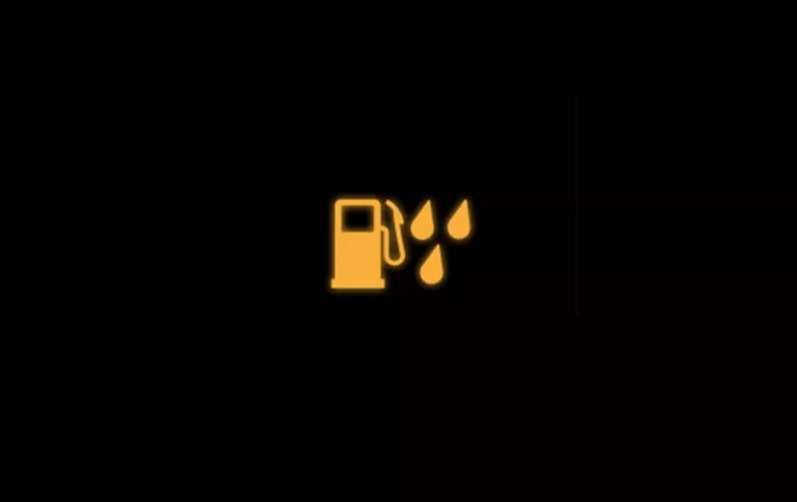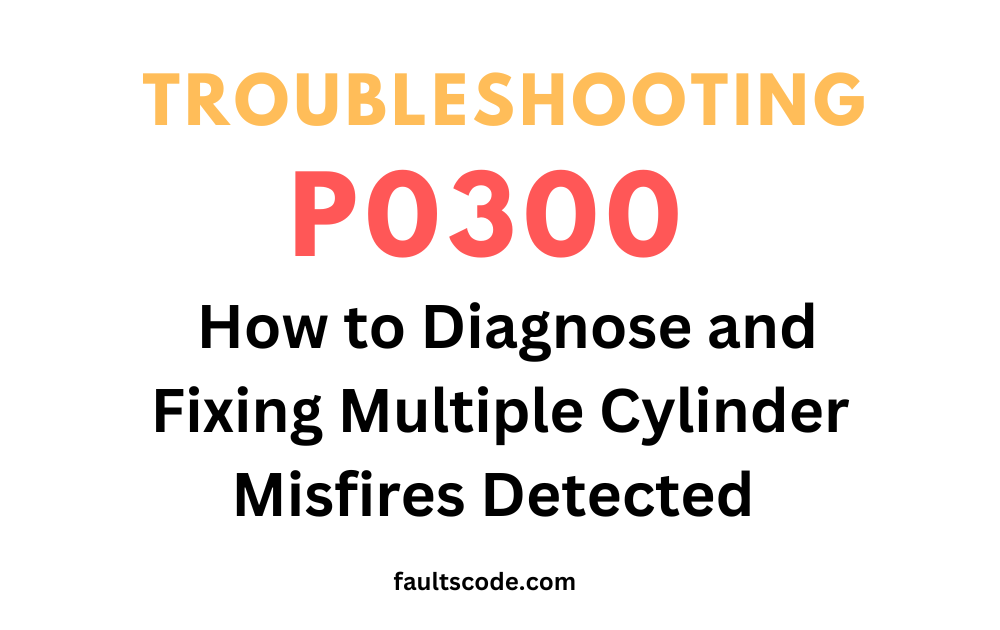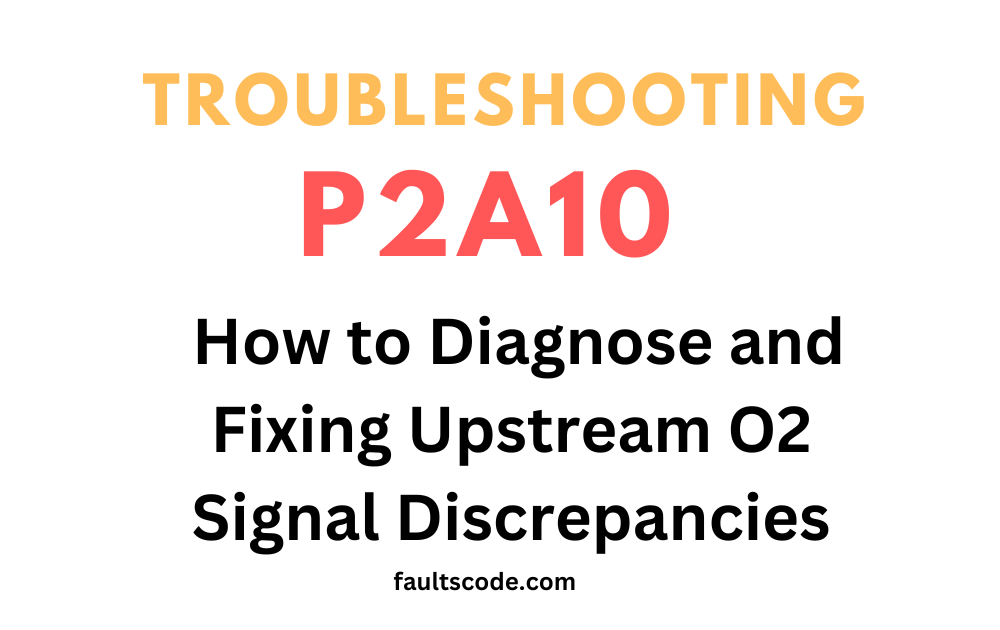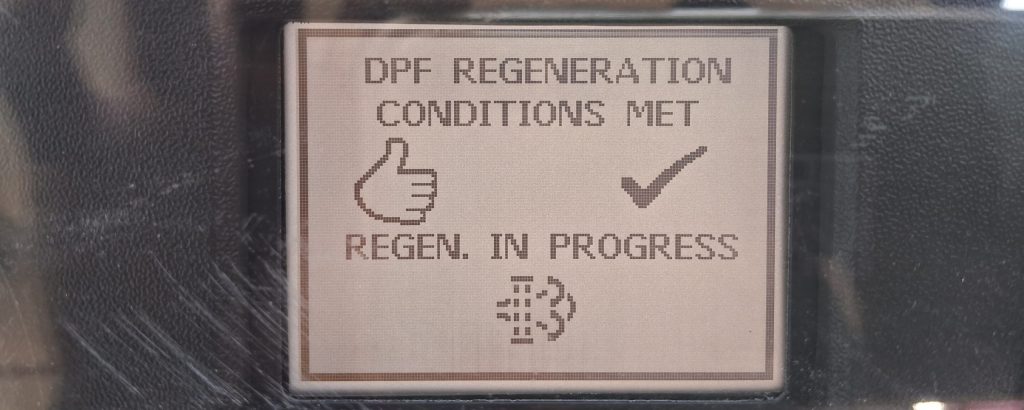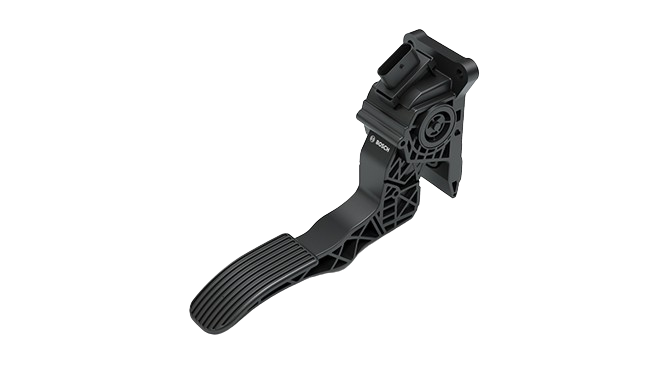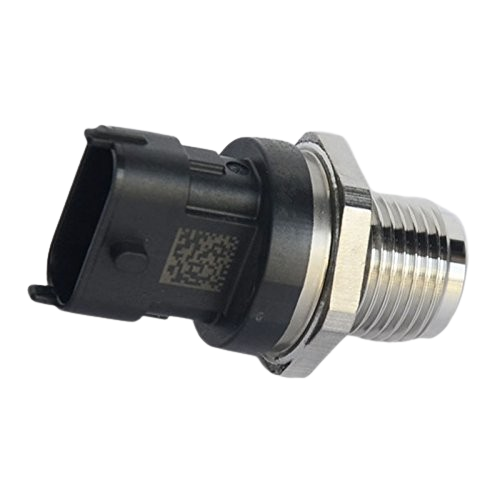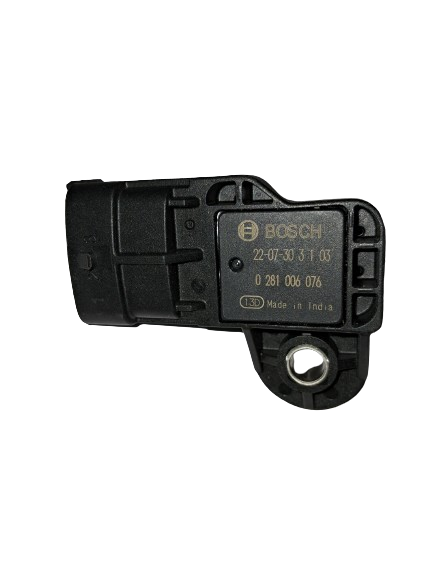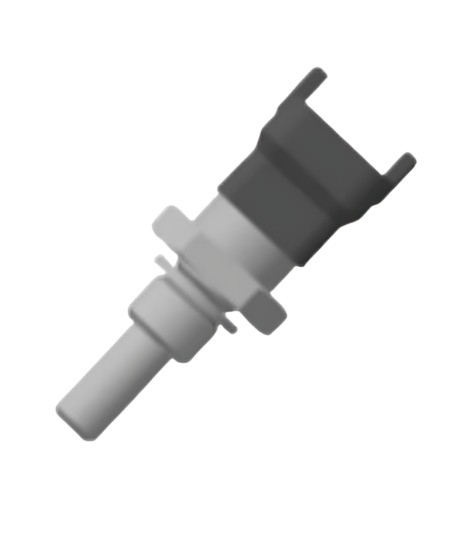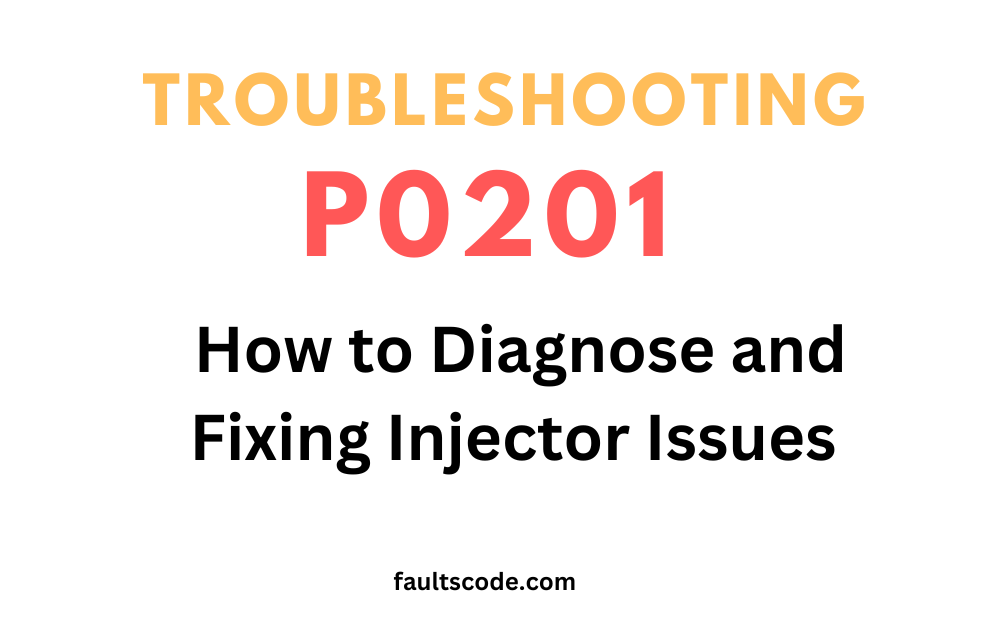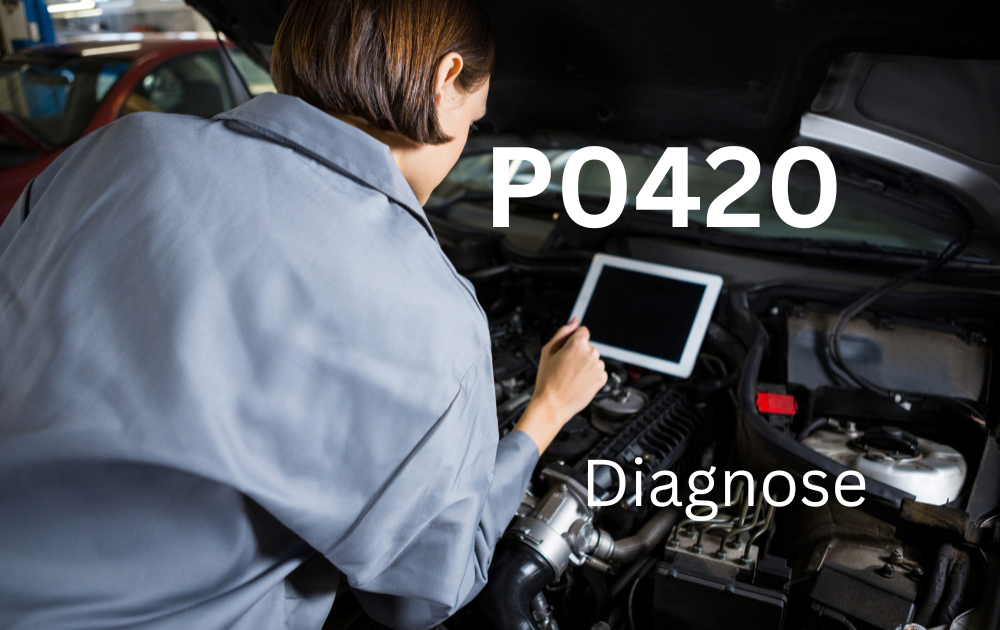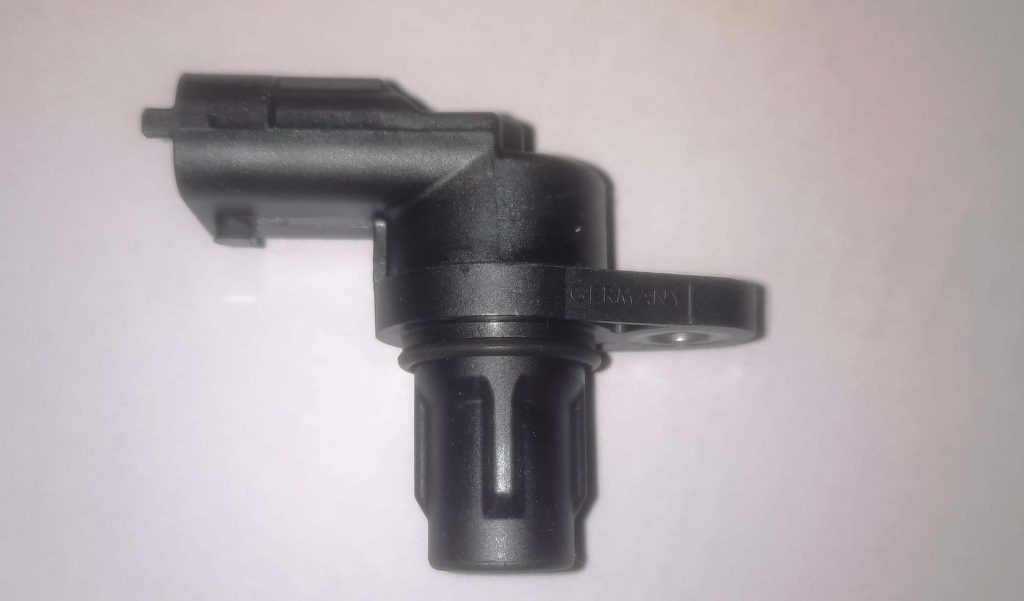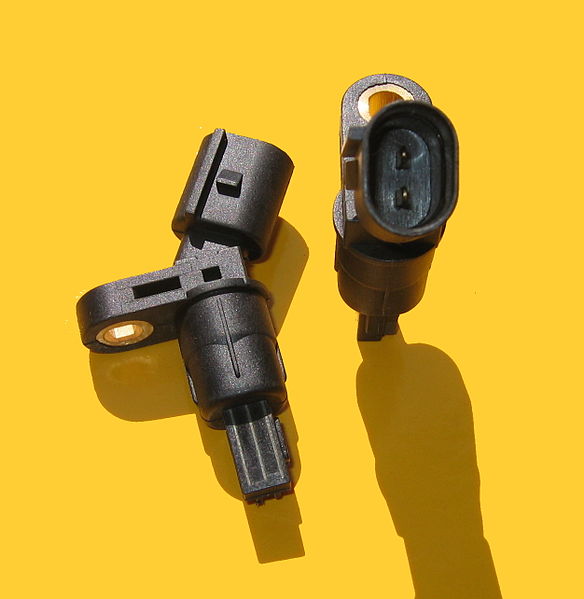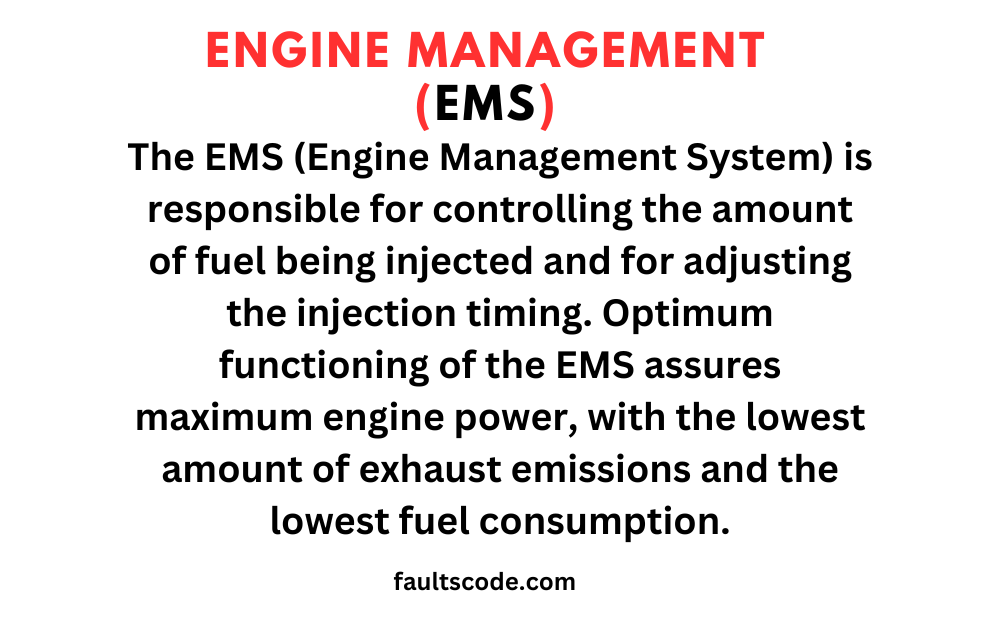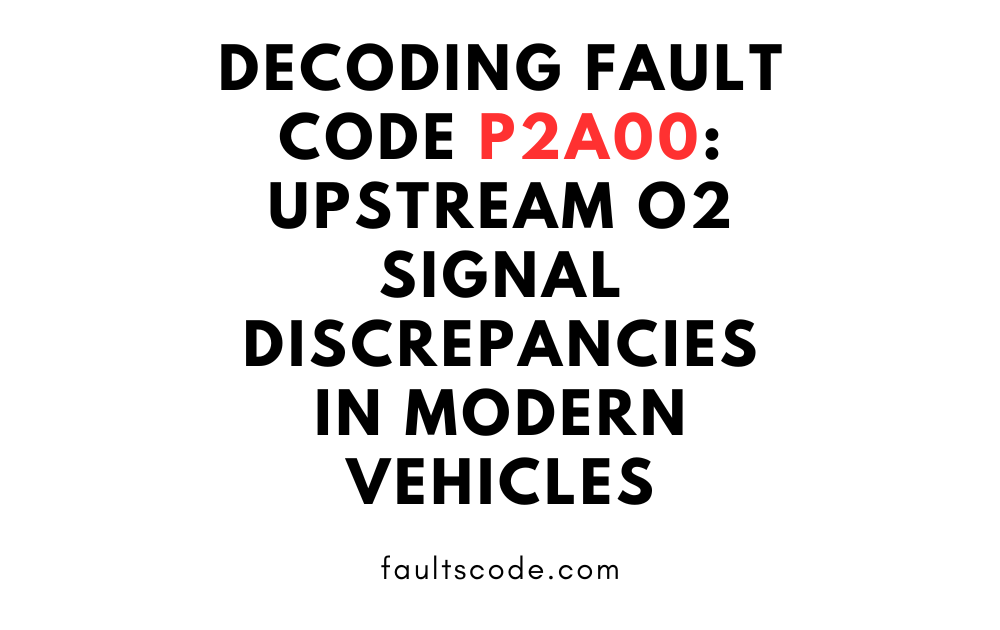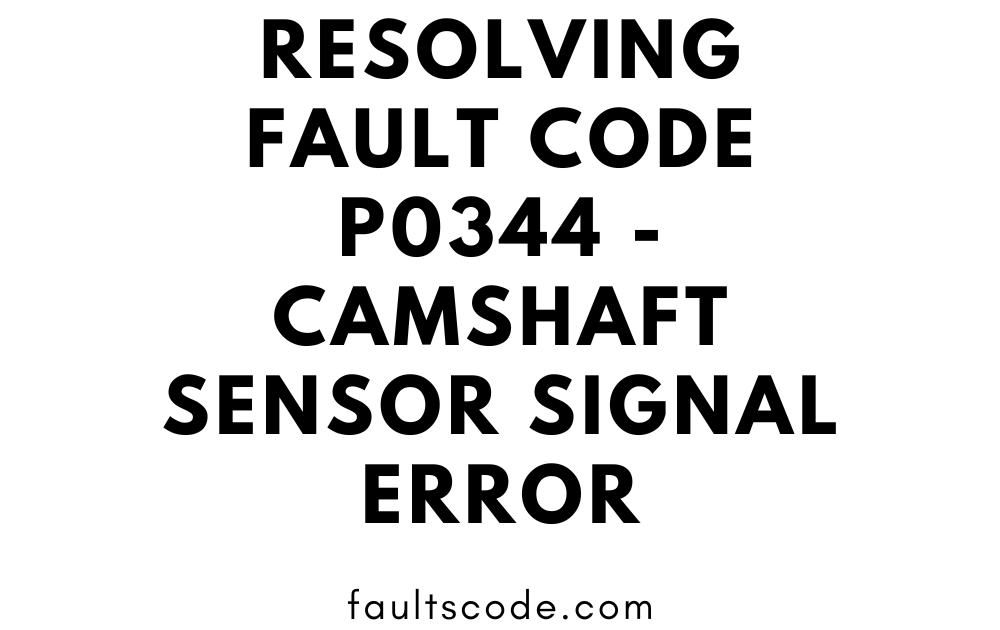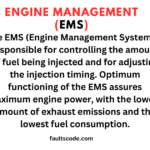Decoding the Mystery: Understanding and Fixing P0440 OBD-II Fault Code
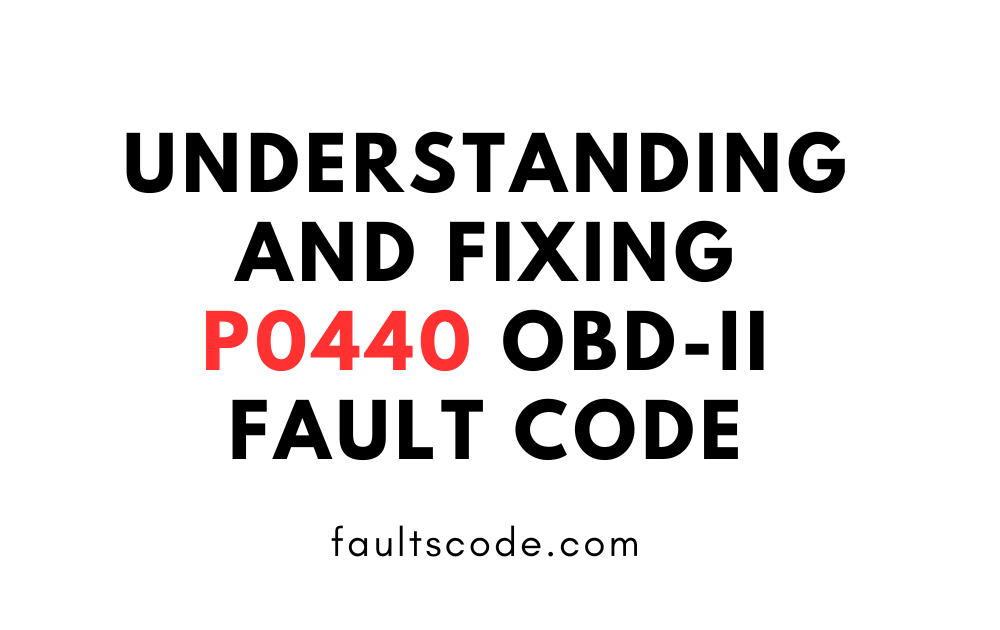
Brief Overview of OBD-II Fault Codes:
The On-Board Diagnostics II (OBD-II) system is an integral part of modern vehicles, providing real-time data and identifying issues through fault codes. These codes play a crucial role in diagnosing and resolving problems within the vehicle’s systems.
Introduction to Fault Code P0440:
Fault Code P0440 is one of the OBD-II diagnostic trouble codes that specifically relates to the vehicle’s evaporative emission control system. Understanding this code is essential for maintaining optimal vehicle performance and ensuring environmental compliance.
Importance of Addressing P0440 Promptly:
Promptly addressing Fault Code P0440 is vital for several reasons. Ignoring this code can lead to more severe issues, affecting fuel efficiency and overall engine performance. Additionally, resolving P0440 promptly contributes to minimizing harmful emissions, promoting environmental responsibility.
Understanding Fault Code P0440
Definition and Description of P0440:
Fault Code P0440 indicates a malfunction in the evaporative emission control system. This system is designed to capture and store fuel vapors before they can escape into the atmosphere. When P0440 is triggered, it signifies a failure in the system’s ability to properly control and contain these vapors.
Explanation of the Significance in Vehicle Diagnostics:
Understanding the significance of P0440 in vehicle diagnostics is crucial. This code not only points to a specific issue but also serves as an indicator of potential problems in the emission control system. Proper diagnosis and resolution of P0440 contribute to maintaining the vehicle’s overall health and longevity.
Common Symptoms Associated with P0440:
Recognizing the common symptoms associated with Fault Code P0440 is key to addressing the issue promptly. Symptoms may include the illumination of the check engine light, the smell of fuel vapors, or difficulties in starting the vehicle. Being aware of these signs allows vehicle owners to take proactive measures in resolving P0440 and preventing further complications.
This comprehensive guide aims to delve into the intricacies of Fault Code P0440, offering insights into its definition, significance, and associated symptoms. By gaining a deeper understanding of this OBD-II code, vehicle owners can take informed actions to ensure their vehicle’s optimal performance and environmental compliance.
Causes of Fault Code P0440
Loose or Damaged Gas Cap
- Impact on the Vehicle’s Emission Control System: A loose or damaged gas cap may seem like a minor issue, but its impact on the vehicle’s emission control system can be significant. The gas cap plays a crucial role in sealing the fuel tank, preventing fuel vapors from escaping into the atmosphere. When the gas cap is compromised, it can lead to the triggering of Fault Code P0440.
- How a Gas Cap Contributes to P0440: The gas cap’s seal ensures a closed system, allowing the evaporative emission control system to function properly. If the cap is loose or damaged, it creates a breach, enabling fuel vapors to escape. This escape disrupts the system’s balance, prompting the OBD-II system to detect the issue and generate Fault Code P0440.
Faulty Evaporative Emission Control (EVAP) System Components
- Overview of the EVAP System: The Evaporative Emission Control (EVAP) system is designed to capture and store fuel vapors, preventing their release into the atmosphere. It consists of various components working together to maintain the system’s integrity.
- Specific Components That Can Trigger P0440: Within the EVAP system, specific components, such as the charcoal canister, purge valve, and vent valve, play crucial roles. If any of these components fail or malfunction, it can lead to the triggering of Fault Code P0440. Understanding the function of each part is essential in diagnosing and resolving the issue effectively.
Vacuum Leaks in the Fuel Vapor System
- Explanation of Vacuum Leaks: Vacuum leaks occur when there is an unintended opening or crack in the fuel vapor system. These leaks disrupt the system’s ability to maintain the necessary pressure for proper operation.
- How Vacuum Leaks Relate to P0440: Vacuum leaks in the fuel vapor system can contribute to the triggering of Fault Code P0440. When there are unintended openings in the system, it allows air to enter, affecting the balance required for efficient vapor containment. This disruption prompts the OBD-II system to identify the issue and generate P0440 as a diagnostic code.
Understanding the various causes of Fault Code P0440, including issues with the gas cap, components of the EVAP system, and vacuum leaks, is crucial for effective diagnosis and resolution. Addressing these specific issues promptly can help restore the proper functioning of the evaporative emission control system and prevent further complications.
Diagnostic Steps for Fault Code P0440

Introduction to OBD-II Diagnostic Tools:
OBD-II diagnostic tools are essential for efficiently identifying and resolving Fault Code P0440. These tools enable users to access the vehicle’s onboard computer, retrieve diagnostic information, and pinpoint the root cause of the issue.
Step-by-Step Guide for Troubleshooting P0440:
- Checking the Gas Cap: Begin the diagnostic process by inspecting the gas cap. Ensure it is securely tightened and free from damage. A loose or faulty gas cap is a common culprit for triggering P0440.
- Inspecting EVAP System Components: Utilize OBD-II diagnostic tools to assess the status of the EVAP system components. Examine the charcoal canister, purge valve, and vent valve for any signs of damage or malfunction. Replace or repair components as necessary.
- Identifying and Addressing Vacuum Leaks: Conduct a thorough inspection of the fuel vapor system for potential vacuum leaks. Utilize smoke tests or other diagnostic methods to identify areas where leaks may occur. Seal any openings or replace damaged components to restore system integrity.
Common Misconceptions about P0440
Dispelling Myths Related to P0440:
Address common misconceptions surrounding Fault Code P0440. Clarify that it is not a code to be ignored, as it indicates a genuine issue with the vehicle’s evaporative emission control system.
Clarifying the Seriousness of the Code:
Emphasize the seriousness of P0440 in terms of its impact on both vehicle performance and environmental compliance. Stress the importance of addressing this code promptly to prevent further damage and ensure optimal operation.
Addressing the Importance of Professional Diagnosis:
While DIY troubleshooting can be helpful, highlight the importance of seeking professional diagnosis for Fault Code P0440. Professional technicians have the expertise and specialized tools to accurately identify and resolve complex issues within the evaporative emission control system.
By following a systematic approach with OBD-II diagnostic tools, users can troubleshoot Fault Code P0440 efficiently. Additionally, dispelling common myths about P0440 and emphasizing the seriousness of the code underscores the need for both proactive maintenance and professional expertise in resolving the issue.
Preventive Measures and Maintenance Tips
Regular Inspection of the Gas Cap:
To prevent Fault Code P0440, make it a habit to regularly inspect the gas cap. Ensure it is securely tightened after refueling, and check for any visible damage. A proactive approach to maintaining the integrity of the gas cap can significantly reduce the likelihood of triggering P0440.
Scheduled Maintenance for the EVAP System:
Incorporate regular maintenance checks for the EVAP system into your vehicle’s scheduled maintenance routine. This includes inspecting components such as the charcoal canister, purge valve, and vent valve. Address any issues promptly to prevent the development of Fault Code P0440.
Proactive Measures to Prevent P0440 Recurrence:
Take proactive measures such as avoiding overfilling the fuel tank and using quality fuel. Additionally, be cautious during off-road driving to minimize potential damage to the EVAP system components. These preventive actions contribute to the long-term health of the emission control system and reduce the risk of recurring P0440 issues.
Seeking Professional Help
When to Consult a Professional Mechanic:
If DIY troubleshooting does not resolve Fault Code P0440 or if you are unsure about the diagnosis, it is advisable to consult a professional mechanic. Seek professional help if there are persistent issues, as timely intervention can prevent further damage to the vehicle.
The Role of Advanced Diagnostics in Resolving P0440:
Professional mechanics have access to advanced diagnostic tools that can provide in-depth insights into the root cause of P0440. These tools allow for a comprehensive analysis of the entire emission control system, facilitating more accurate and efficient repairs.
Importance of Timely Repairs to Prevent Further Issues:
Timely repairs are crucial to prevent further complications and maintain the overall health of the vehicle. Ignoring Fault Code P0440 can lead to reduced fuel efficiency, increased emissions, and potential damage to other engine components. Addressing the issue promptly through professional assistance ensures the longevity and optimal performance of the vehicle.
By adopting preventive measures, conducting regular maintenance, and seeking professional help when needed, vehicle owners can effectively reduce the risk of encountering Fault Code P0440. These proactive steps contribute to a smoother and more efficient operation of the evaporative emission control system, ensuring the vehicle’s overall reliability and performance.
Conclusion – P0440 Code
A. Recap of Key Points Regarding Fault Code P0440:
In conclusion, understanding Fault Code P0440 is vital for vehicle owners aiming to maintain optimal performance and environmental responsibility. We explored its definition, causes, diagnostic steps, and preventive measures, shedding light on the intricacies of the evaporative emission control system.
B. Emphasizing the Significance of Prompt Action:
The significance of prompt action when faced with Fault Code P0440 cannot be overstated. Addressing the issue promptly, whether through DIY troubleshooting or seeking professional help, is crucial to prevent further damage to the vehicle’s emission control system and ensure continued efficient operation.
C. Encouraging Regular Vehicle Maintenance and Diagnostics:
As a proactive measure, regular vehicle maintenance and diagnostics play a pivotal role in preventing the recurrence of Fault Code P0440. Performing scheduled checks on the gas cap, EVAP system components, and implementing preventive measures contribute to the overall health and longevity of the vehicle.
In conclusion, Fault Code P0440 serves as an indicator of potential issues within the evaporative emission control system. By staying informed, taking preventive measures, and addressing the code promptly, vehicle owners can enjoy enhanced fuel efficiency, reduced emissions, and prolonged engine life. Regular maintenance and diagnostics emerge as key practices in ensuring a well-functioning vehicle and contributing to a cleaner, more sustainable automotive environment.
More Post Like – The Role of Engine Management Systems (EMS) : Optimizing Power and Efficiency


